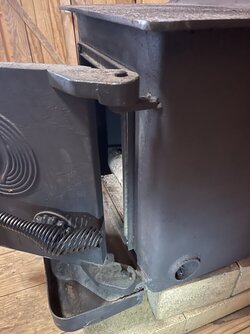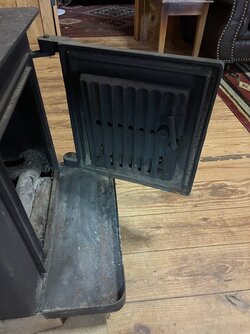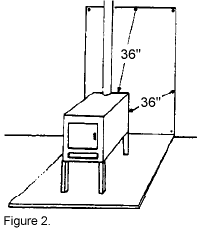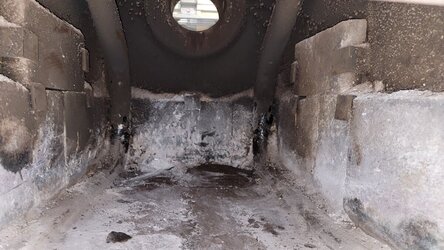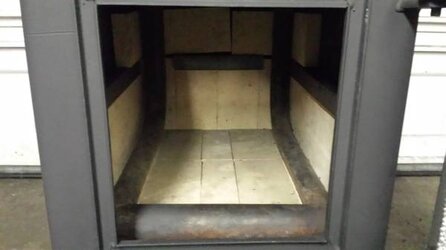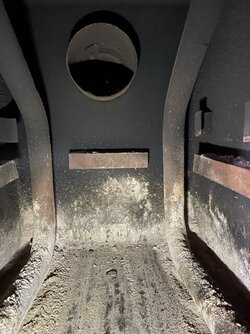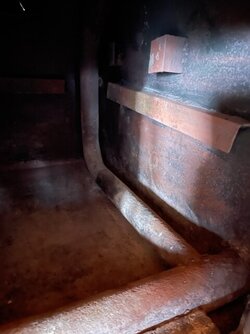All,
After weeks of searching the internet for any information on the wood stove that I purchased in December,, I discovered this wonderful site tonight. I have been a fireplace guy my entire life…until I inherited this wood stove (photos attached) with the purchase of a hunting shack. It functions well but I know nothing about the make or model. I enjoy cooking on it as well as learning how to tweak the airflow for longer burns, heat adjustment, etc. I am a newbie but truly want to learn about this wood stove as well as wood stoves in general. If anyone of you fine folks can throw in your two cents as to the make of this stove, I would be grateful. Thank you so much for your consideration. Maybe one day I will have enough wood stove knowledge to help someone else.
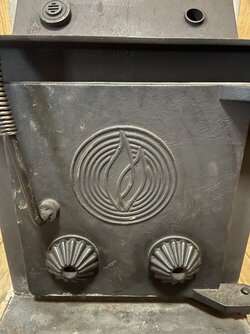
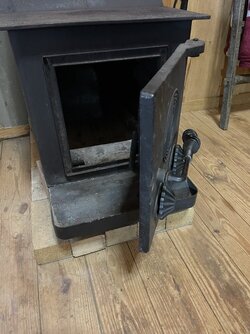
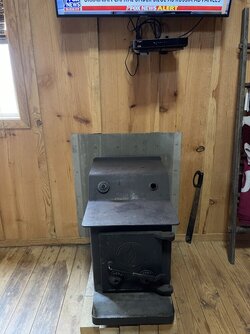
After weeks of searching the internet for any information on the wood stove that I purchased in December,, I discovered this wonderful site tonight. I have been a fireplace guy my entire life…until I inherited this wood stove (photos attached) with the purchase of a hunting shack. It functions well but I know nothing about the make or model. I enjoy cooking on it as well as learning how to tweak the airflow for longer burns, heat adjustment, etc. I am a newbie but truly want to learn about this wood stove as well as wood stoves in general. If anyone of you fine folks can throw in your two cents as to the make of this stove, I would be grateful. Thank you so much for your consideration. Maybe one day I will have enough wood stove knowledge to help someone else.





